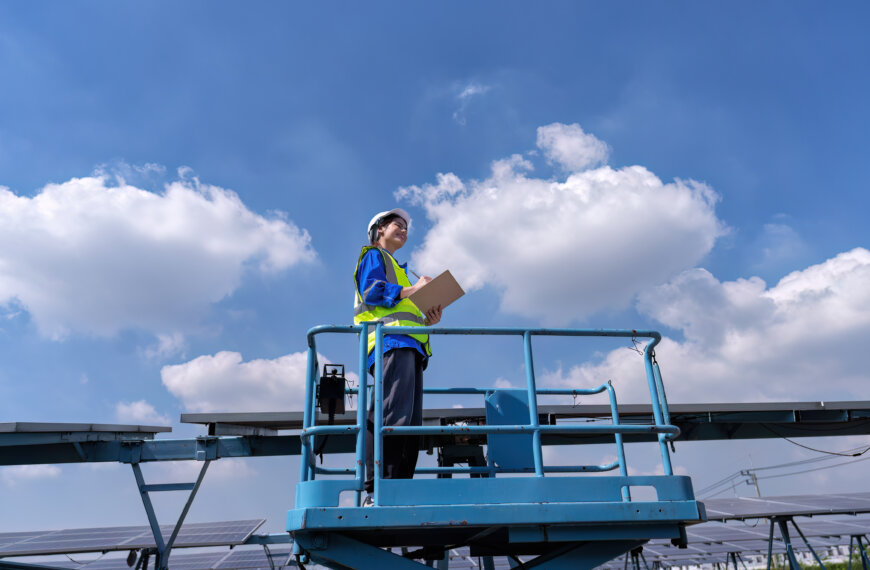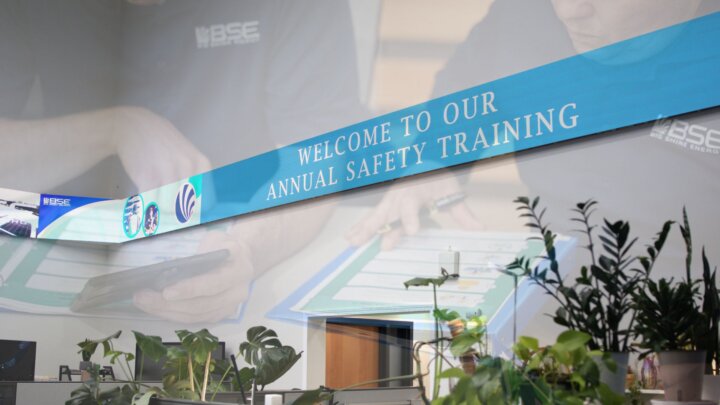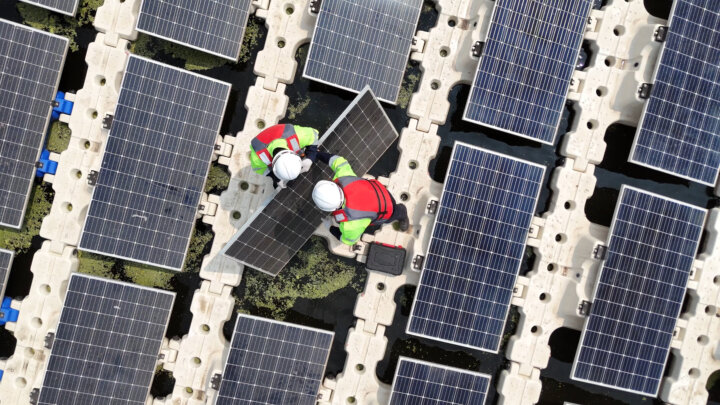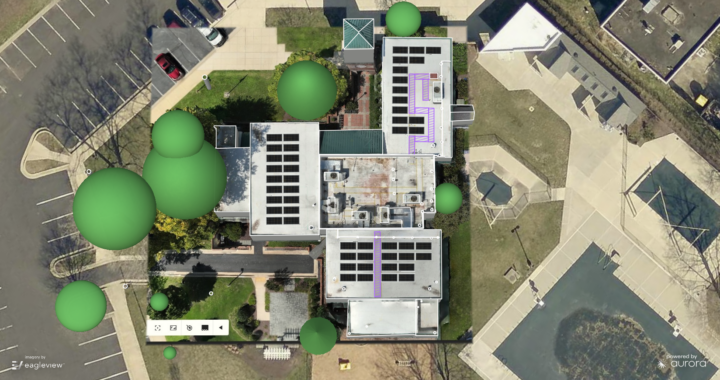Did you know that according to International Powered Access Federation (IPAF), falls are a leading cause of injury in the construction industry? Every year, hundreds of workers are injured due to improper scissor lift use. This blog is aimed at construction workers, facility managers, and anyone who might operate a scissor lift, providing essential safety tips to prevent such accidents.
OSHA stands for Occupational Safety and Health Administration. The primary focus of OSHA is to ensure the safety and health of workers in the field by setting and enforcing standards. As part of the U.S. Department of Labor, OSHA plays a critical role in maintaining safe working conditions across various industries, including scissor lift usage where fall protection is vital.
Importance of Scissor Lift Safety
Working safely with scissor lifts is crucial due to the inherent risks involved. These work platforms elevate workers to various heights, increasing the risk of falls and other hazards if proper safety measures aren’t followed. OSHA has developed specific standards that outline fall protection, stabilization, and positioning to ensure safe scissor lift usage.
Evaluating Fall Protection
Evaluate Fall Protection, Stabilization, and Positioning: Ensure these three factors are thoroughly evaluated to guarantee safety. OSHA regulations (CFR 1926.451) address these aspects in detail.
Fall Protection Measures
- Guardrails: The scissor lift should have guardrails in place, and workers should never stand on them.
- Proper Platform Use: Workers should stand only on the designated platform, not on railings or other precarious positions.
- Keep Work Within Reach: Ensure work is within easy reach to avoid leaning precariously from the lift.
Stabilization for Safe Operation
- Ensure Stability: Employers must ensure the scissor lift is stable and safe for use on a firm, level surface.
- Follow Manufacturer Instructions: Always follow the manufacturer’s instructions for operation and weight limits.
- Clear Obstructions: Confirm that the area is clear of traffic, obstacles, and electrical hazards before operating the lift.
Safe Positioning Practices
- Avoid Electrical Hazards: Position the scissor lift carefully to avoid any risk of electrocution, arc flash, and thermal burns from nearby power lines.
- Safe Positioning for the Task: Ensure the lift is positioned safely and securely for the specific task at hand.
Big Shine Energy’s Scissor Lift Safety Practices
- Training: Only trained personnel with a thorough understanding of safe operation and hazard identification operate scissor lifts.
- Inspections: Scissor lifts undergo regular inspections before each use to guarantee optimal working condition.
- Enforcement: Big Shine Energy enforces protocols for fall protection, stabilization, and proper positioning of scissor lifts on every project.
- Essential PPE: Workers are equipped with the necessary Personal Protective Equipment (PPE) for safe scissor lift operation.
Conclusion
Ensuring safety while working with scissor lifts is a top priority, and Big Shine Energy takes this responsibility very seriously. Implementing OSHA standards and safety protocols is vital to minimize the risk of accidents and injuries. For comprehensive scissor lift safety regulations, refer to the OSHA website https://www.osha.gov/lawsregs/regulations/standardnumber/1910/1910.22. By fostering a culture of safety and prioritizing these measures, Big Shine Energy not only protects its employees but also ensures the quality and reliability of its work.
Want to learn more about Big Shine Energy’s dedication to safety and our commitment to renewable energy solutions? Contact us today!
